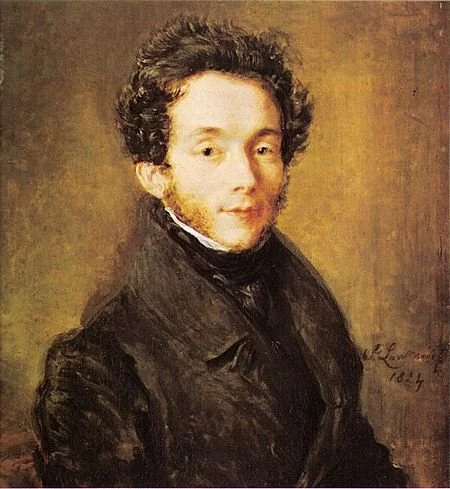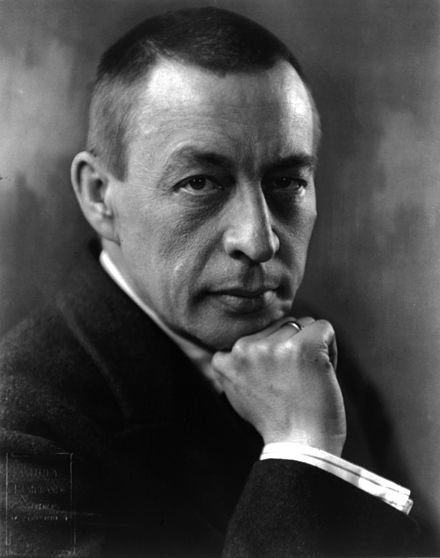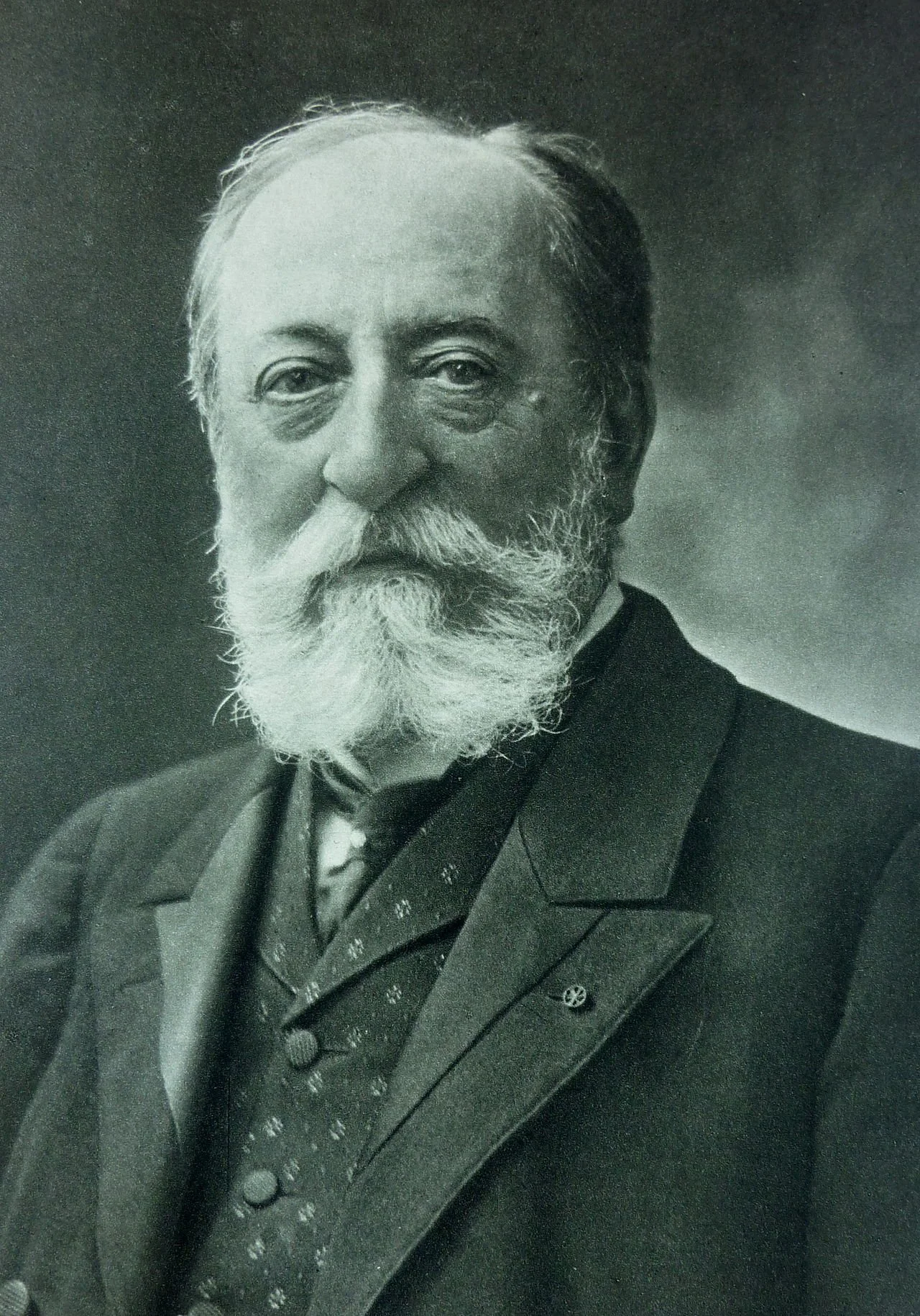Jeremy Cavaterra
(b. 1971)
(b. 1971)
Rhapsody On A Windy Night (2022)
Jeremy Cavaterra has been a close friend and Composer-in-Residence of YPSO for quite some time now. So when he was approached with a commission to celebrate its 85th Anniversary, he definitely rose to the occasion. This new piece is fun and exciting for the orchestra to play, and instrumental in keeping the orchestral repertoire infused with the classical and the contemporary.
One of the great concepts of introducing new music to both the ensemble and the audience is that it makes us think, and it makes us feel. There has been no ground tread by generations of scholars telling us how we should hear the music, and how we should dissect it. The auditory experience is completely our own - and that sense of freedom is immense and powerful. What a great way to honor our heritage and to set the pace for future YPSO musicians!
Jeremy Cavaterra was born in New York City in 1971 and educated at Manhattan School of Music, Jeremy now lives in California. From 2010–2018 he was Composer-in-Residence for The Salastina Society chamber music series in Los Angeles. Since 2018 he has been Composer-in-Residence for YPSO.
Jeremy's work spans the range of ensembles from solo instrumental, vocal and choral, chamber, through symphonic orchestral works. Recent premières include Nemeton, for oboe and strings; Capriccio Concertante for clarinet, strings, and harp; Lost Coast, commissioned and performed by The Mission Chamber Orchestra of San Jose; and the forthcoming Ascent to the Sierras, a symphonic tone-poem commissioned by YPSO.
Cavaterra - Rhapsody | Weber - Bassoon | Rachmaninoff - Concerto No. 2 | Saint-Saëns - Organ | Table of Contents
Carl Maria von Weber
(1786-1826)
(1786-1826)
Bassoon Concerto Op. 75 (1811)
Weber’s Bassoon Concerto is one of two concertos that are popularly performed in the Bassoon repertoire. It is quite an honor that it sits in the same regard as Mozart’s Bassoon Concerto, and speaks to the equal brilliance of both composers. Weber’s piece was written in 1811, coming off the success of his clarinet concertos. He was highly sought after to compose more pieces, and the one who won his attentions was bassoonist Georg Friedrich Brandt. Purportedly, it only took Weber four days to compose this Concerto!
In tonight’s concert, you will hear the 3rd movement being played, which is the Rondo movement. This one is light-hearted and in 2/4 time, and has been described as “impish and catchy”.
Carl Maria von Weber - Image Courtesy of Wikipedia.com
Sergei Rachmaninoff
(1873-1943)
(1873-1943)
Piano Concerto No. 2 Op. 18 (1901)
Sergei Rachmaninoff. Image Courtesy of Wikipedia.com
There was a chance that Rachmaninoff’s Second Piano Concerto would never have even been written. Following the performance of his First Piano Concerto, the audience and critics’ reaction were so negative, that it drove Rachmaninoff into a huge mental despondency that lasted for quite a few years. As he put it, “A paralyzing apathy possessed me. I did nothing at all and found no pleasure in anything. Half my days were spent on a couch. I had given up in great despair.”
First, he tried to overcome this by visiting his friend, author Leo Tolstoy, but this somehow continued to drive him into depression. It wasn’t until some other friends introduced him to a Dr. Nikolai Dahl, a professional psychotherapist, familiar with the techniques of hypnosis. With regular visits and treatment he began his road to recovery - Rachmaninoff started composing the 2nd and 3rd Movements of his now famous Piano Concerto No 2., which was performed to a roaring success in great concert halls such as the Leipzig Gewandhaus, and in Vienna with the Vienna Philharmonic
What made this piece such a success? Rachmaninoff was able to tap into something deep that resonates with the human condition. There is a beauty and ease to his melodies that went counter to the compositional trends of his time as reflected in Schoenberg and his contemporaries. According to Rachmaninoff himself, “Melody is music and the foundation of all music. I do not appreciate composers who abandon melody and harmony for an orgy of noises and dissonances,” Modern students of composition have stated that “the characteristics of Rachmaninoff’s voice which grant it the most staying power are its unparalleled virtuosity and inimitable melodic craft.” The melodies in this concerto are certainly full of emotion and yearning.
Tonight’s concert features the first movement of this work, which begins with an intense piano entrance, followed by violins introducing the first theme. The piano then returns to bring to life the second theme full of yearning, which is then repeated in the French horns as the movement comes to a close.
Cavaterra - Rhapsody | Weber - Bassoon | Rachmaninoff - Concerto No. 2 | Saint-Saëns - Organ | Table of Contents
Camille Saint-Saëns
(1835-1921)
(1835-1921)
Symphony No. 3 “Organ” in C Minor, Op. 78. (1886)
Saint-Saëns wrote, regarding his Third Symphony, “I have given all that I had to give, what I have done I shall never do again.”
Camille Saint-Saens. Image Courtesy of Wikipedia.com
Such grand words for such a grand piece. His Symphony No. 3 was completed in 1886 at the height of his career. Featuring the organ, this symphony showcases his love of the instrument which he learned to play from the young age of 7. While musicians note that this is not a true Organ Symphony, but rather an orchestra symphony with lots of Organ, it is nonetheless a masterfully composed piece of music.
The symphony was commissioned by the Royal Philharmonic Society in England, and the first performance was given in London, conducted by Saint-Saëns himself. He was lover on England - so when given the opportunity to write a commissioned piece there, he took up the offer with great speed. There is also speculation that, while his home country of France was really into the opera as the trending thing, Saint-Saens felt that he could “rescue and renew” the symphonic form through his connection to England.
Regarding the format of this work, Saint-Saëns wrote an analysis of his Third Symphony in which he explained its unorthodox structure: “This symphony is divided into two parts. Nevertheless it embraces in principle the four traditional movements, but the first is altered in its development to serve as the introduction to the Adagio, and the scherzo is connected by the same process to the finale”
Cavaterra - Rhapsody | Weber - Bassoon | Rachmaninoff - Concerto No. 2 | Saint-Saëns - Organ | Table of Contents



